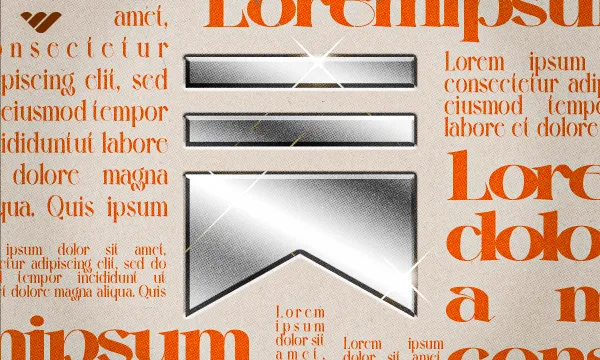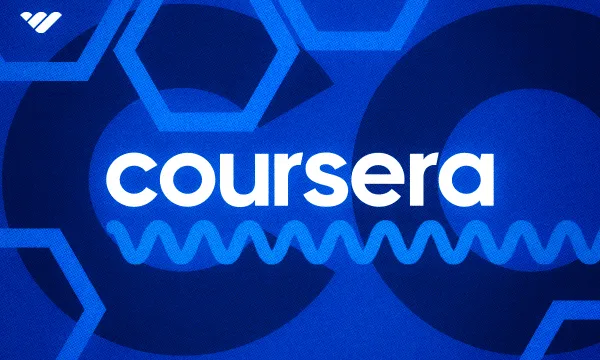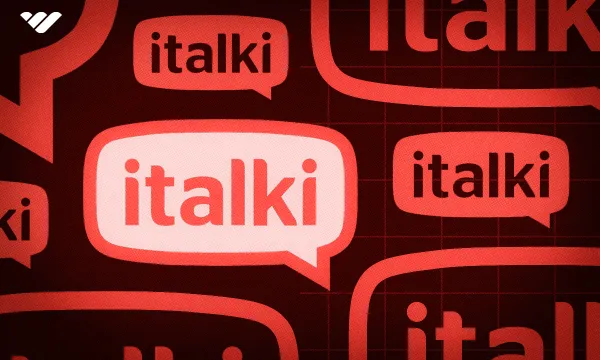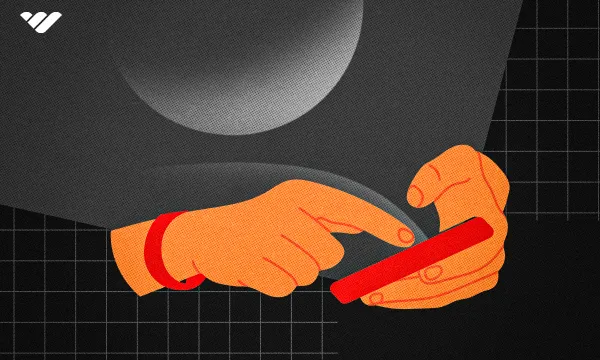If you're a thought leader, subject matter expert, or prolific writer looking to make money from your following, running a newsletter is a great option. It can help you grow your audience and net a steady income.
But how can you manage your newsletter, charge people for it, and ensure you're following all the relevant data protection requirements in your country? Well, that's what Substack is for.
What is Substack?
Substack is a platform that helps creators share and monetize their written work. Unlike traditional blogging and newsletter platforms, it focuses on simplicity, ease of use, and helping connect creators to their respective audiences.
What is Substack Used For?
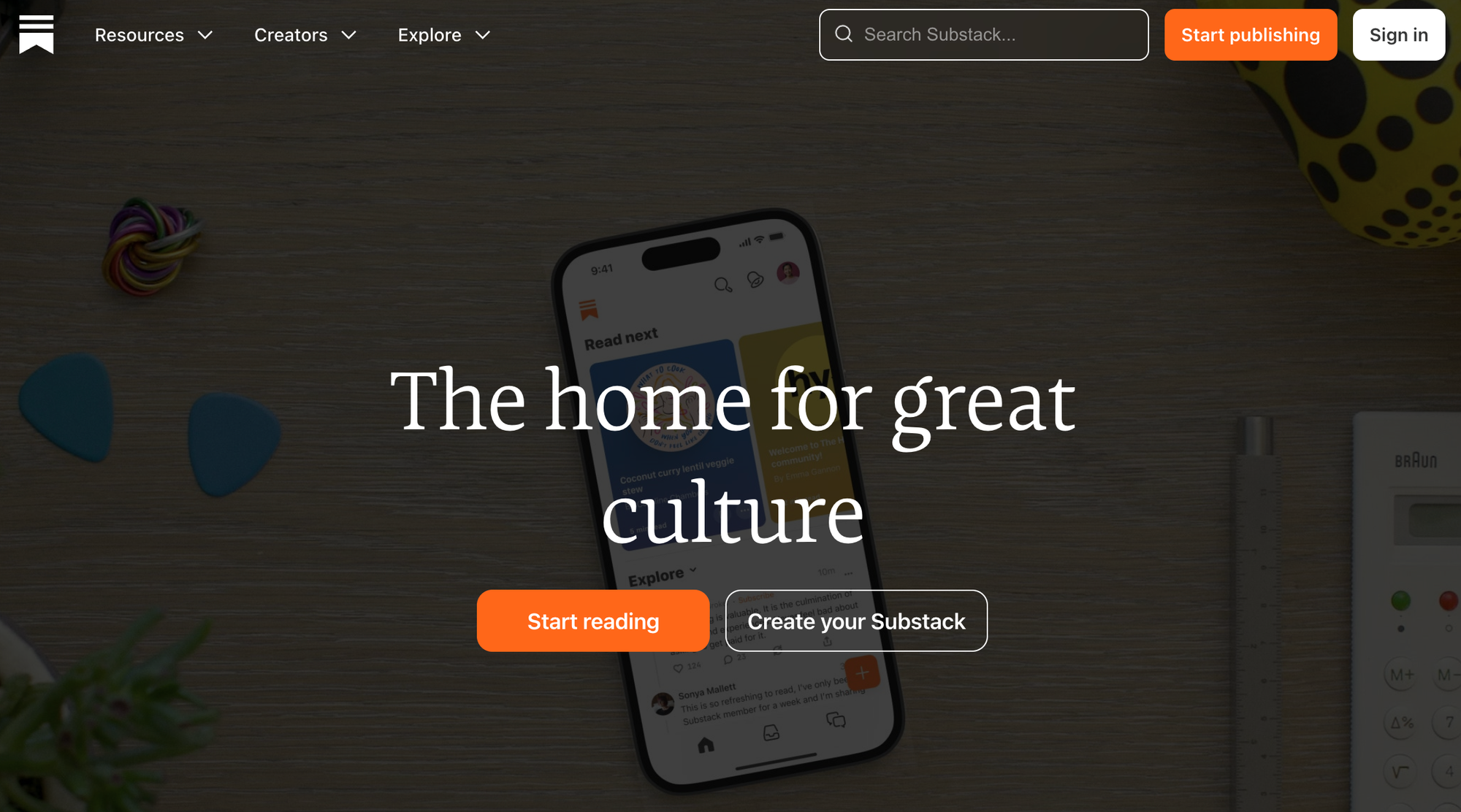
Substack is a platform that was designed from the ground up for writers, and that welcomes all kinds of content creators, from journalists to historians. It caters to creators who might struggle to build an audience on other platforms and empowers them to find their fans, build a following, and start making money.
If you're looking for a platform where you can build a fully-featured ecommerce store, offer digital downloads, or run online courses, you'd be disappointed with Substack. However, if you want to make your living from the written word, you'll find it does that job well.
How Does Substack Work?
Substack's biggest selling point is its ease of use. Just sign up and start publishing. When you first join the platform, you'll probably want to make your content available for free, assuming you don't already have a large following on a different platform to market your content with. Substack will help you build up your initial following, so you can start charging for your work.
The Signup Process
Signing up for Substack takes just a few minutes and is as easy as joining an online forum. As part of the registration process, you'll be asked to say what subjects you're interested in, and they'll use your answers to direct you to other Substack authors that may interest you, providing inspiration and helping you network.
Building Your Substack Profile
Your Substack Profile is your chance to tell prospective subscribers a bit about yourself. When you joined the platform, you'll have been asked to give your name, handle (which is used for your Substack Subdomain), and a short intro text/bio.
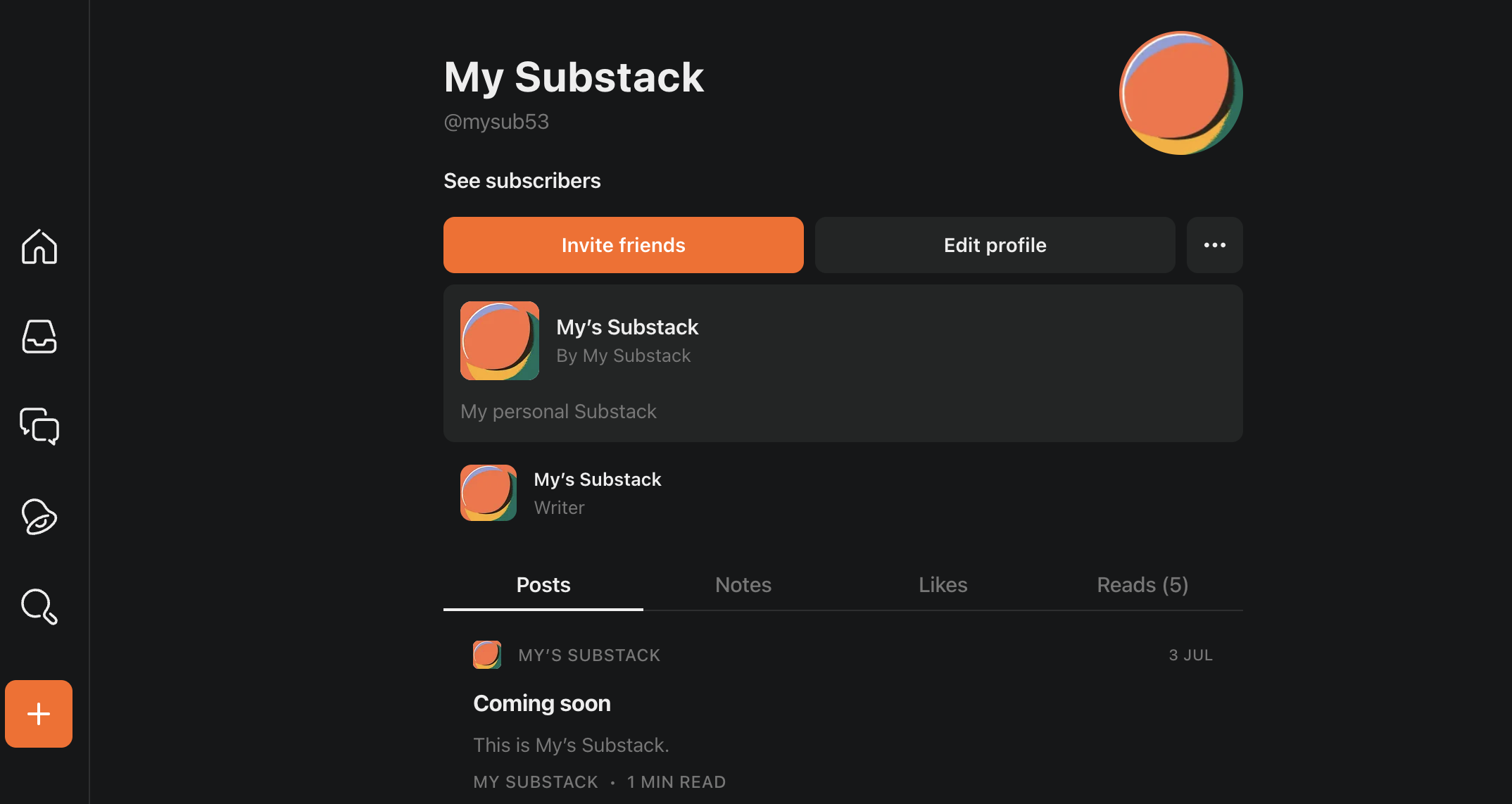
You can change those details at any time, and link your account to a custom domain if you own one. You can also provide a profile picture, links to your social media profiles, information about books you've published, and a list of other authors on Substack that you enjoy reading.
It's a good idea to fill out as much information as you can. Many authors use their Substacks as a form of "online business card", so their followers or prospective clients can see their writing portfolios, LinkedIn profiles, and other online properties all in one place. It also means that they can choose to receive your newsletter and stay in the loop at least for a while before deciding if they want to follow or work with you more closely.
What is a Substack Post?
Substack members can publish short notes which appear on their profiles. These are ideal for small personal updates, but they're not the primary way of sharing content on Substack. The main method of publishing content is to create a themed publication, which will have its own URL, making it easy for people to find it at a later date.
Sharing Your Work
A publication on Substack is more than just a blog, because Substack also functions as a top newsletter platform. When you create a new publication you'll be offered the chance to upload your existing mailing list, if you have one. The platform can import mailing list dumps from:
- Patreon
- Ghost
- Mailchimp
- Tinyletter
- And numerous other mailing list and newsletter services
If you have a CSV or spreadsheet that includes a list of email addresses that have opted in to receive emails and newsletters from you, then you can upload it and use it as a starting point for your Substack mailing list.
If you don't have a mailing list, you'll be given a chance to add some friends or loved-ones to your list manually, so they'll be notified when you publish content. This is optional, and it's best to enroll people only if you think they'll be excited to see your content, but it's a quick and easy way to add your first followers and start getting feedback on your content.
Building an Audience on Substack
Substack advises people to start with a free newsletter, especially if they don't have a pre-existing audience. Many of their current success stories are people who started from scratch. For example, Anna Codrea-Rado was an experienced writer and editor who went self-employed and built a very small Mailchimp mailing list, before moving to Substack where she grew their her threefold, which helped her land a book deal. From there, Anna's career has continued to grow and she now has more than 17,000 subscribers on Substack.
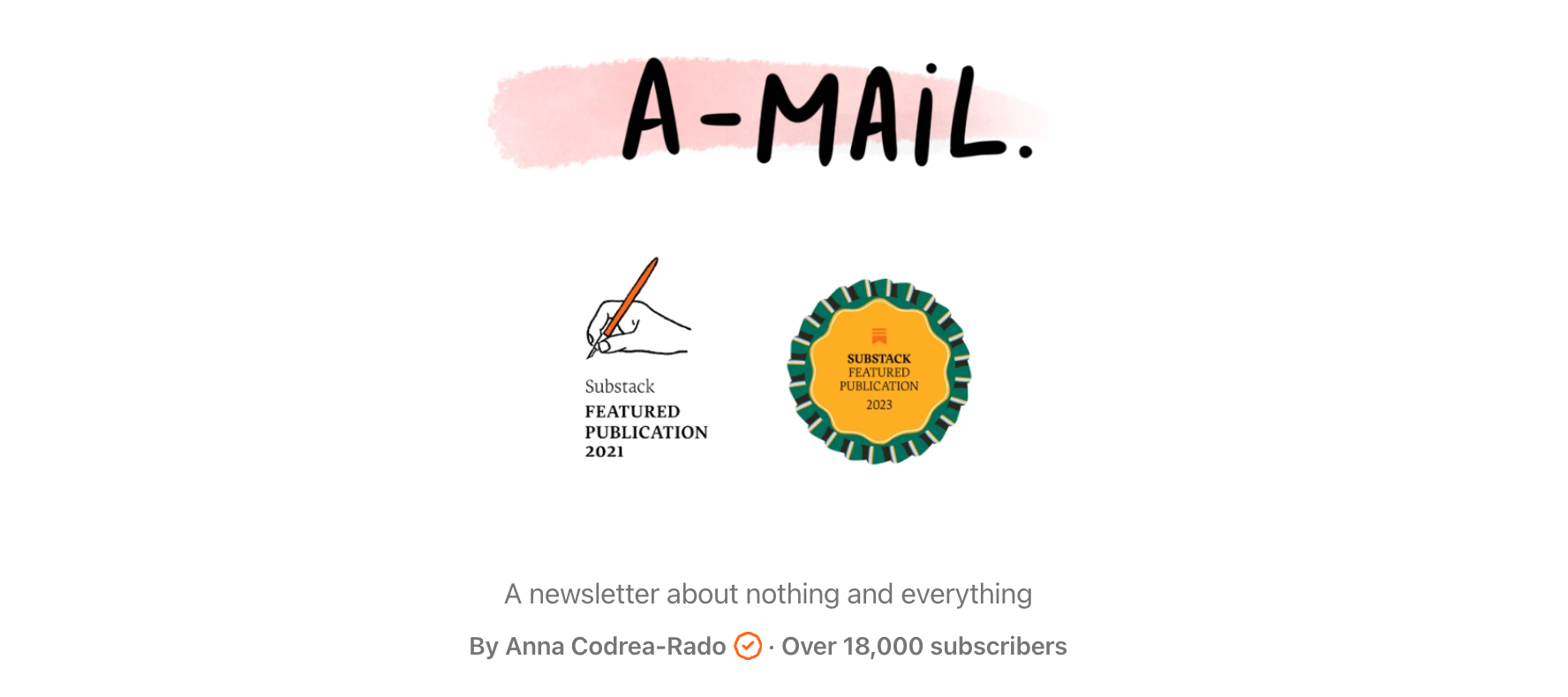
The beauty of the platform is that it removes all barriers to building a following, and lets people communicate directly with people who are interested in their work. Thanks to this, it's a platform that can work internationally. For example, Georgina Ilie has a 24,000 subscriber following on her meal planning newsletter, which is published in Romanian. Around 500 of those subscribers pay for her content.
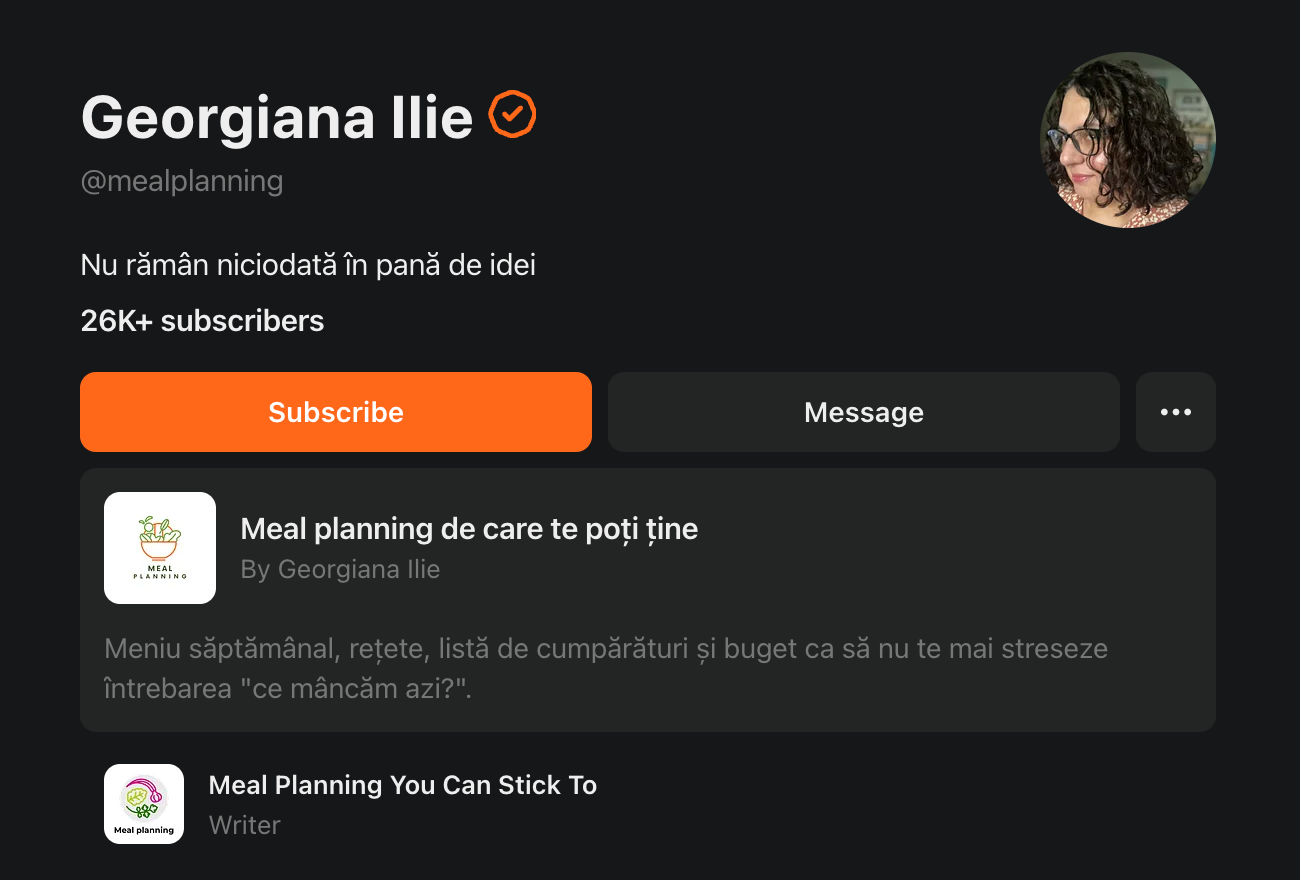
The secret to success in Substack's view is to publish consistently, use calls to action to encourage your existing subscribers to share your content, and take advantage of Substack's recommendations system. Writers can recommend other writer's content on Substack, and if they do so, they're more likely to receive recommendations in return. This builds a sense of community and mutual support amongst Substack creators, and helps everyone grow their audiences.
How do You Make Money With Substack?
Now, let's take a look at monetization on Substack. Substack writers have the option of charging for subscriptions to their newsletters. The platform takes a 10% commission on each subscription, but the rest of the money (after payment processing fees) goes straight to the writer. There's no monthly subscription fee to pay, making the platform relatively risk-free compared to some online publishing alternatives.
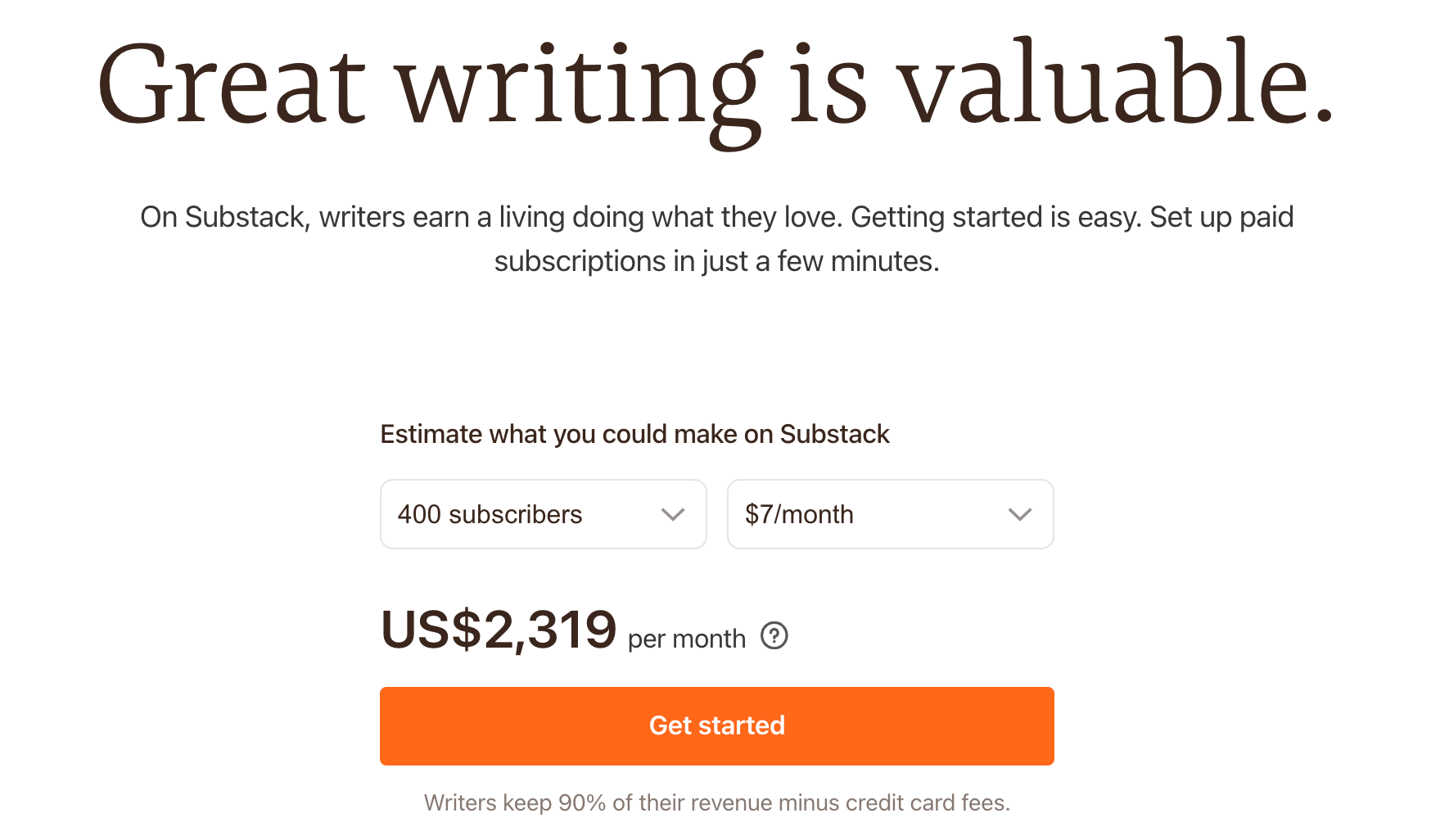
However, it's still important to tread carefully when it comes to monetizing your audience on Substack. As the developers themselves say, you only get one chance to do your paid launch, so you have to get it right. They recommend waiting until you've got a sizeable free following before you "go paid", and that you make sure your page is attractive and well-designed, to help maximize the conversion rate.
Setting Up Paid Subscriptions
The actual technical process of setting up your subscriptions is easy. Substack uses Stripe as its payment processor, and all you have to do is set up a Stripe account and link it with Substack so you can accept payments. Both Stripe and Substack will take a cut, but since they only get paid when you're making money, and you're signing people up for a subscription, this pricing model is quite appealing to smaller creators that are looking for a steady income stream.
Creating Pricing Tiers
When you monetize your newsletter, you'll have a chance to invite your current, free subscribers to sign up as Founding Members, locking in a discounted price for your paywalled content. If you've done a good job with your free content, you should get some subscribers out of your initial list, although not everyone will open their wallets straight away. It's a smart idea to continue to share some content for free, to keep yourself visible to those who aren't in a position to pay yet, but might subscribe later.
You can set monthly and annual subscription prices, or use the Pledge system to ask your fans to pay for content on a voluntary basis, if you haven't set up a paywall. Many creators use the latter system, and give gifts to their backers as a "thank you" when they reach a set number of pledges.
Engaging With Your Subscribers
Because Substack is based around newsletters, it feels more personal than a traditional publishing platform. Most of the people reading your content will be subscribers, or in the close social network of your subscribers. Whenever you publish something those subscribers will be notified via email automatically, so engagement is happening with each and every update.
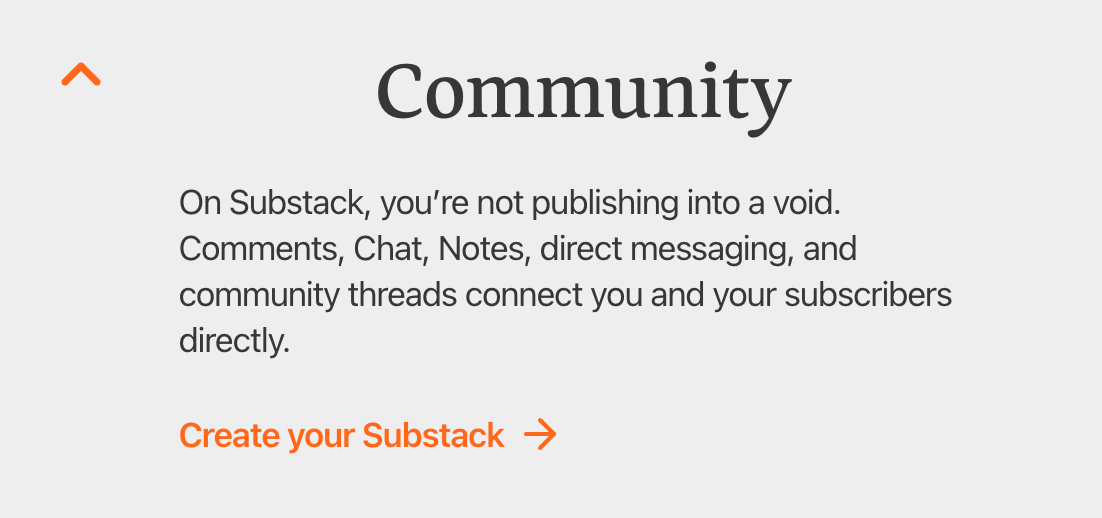
The platform offers some basic analytics by default, helping you keep track of subscriber figures, income, open rates, etc. The analytics aren't as sophisticated as those offered by fully-fledged marketing platforms, but they're good enough to help you spot trends within your business.
Maximizing Substack Revenue
Many creators on Substack are making thousands of dollars per month from their subscribers, so it is possible to turn writing for the platform into a full-time income. However, the most successful marketers know that putting all your eggs in one basket is a bad idea. Rather than relying purely on paying subscribers, consider diversifying. For example:
- Create and sell courses: Substack doesn't offer a built-in course creator, but you can use platforms such as Whop to create courses, and market them via your Substack newsletter.
- Affiliate marketing: If you have a large list of free subscribers, form partnerships with other creators or established brands, and share affiliate links to earn commission on the sales you make.
- Sell ebooks: Publish ebooks on your own online store, your whop hub, or a platform such as Amazon or Smash Words, and market those ebooks to your followers. If you're not confident enough to write your own book, consider hiring a ghostwriter to produce it for you.
- Print on Demand merchandise: Physical goods such as T-shirts, mugs and mousemats can be a good income stream for some creators, depending on your niche. You don't even need to have a lot of space or up-front capital if you use a print on demand company to manage taking and fulfilling orders. If you're going this route, make sure you have the legal rights to sell whatever design it is you want printed on the merchandise.
- Paid communities: Maximize your engagement with your audience by selling community memberships. This method of monetization works particularly well if you're a coach or teacher and a major part of what you're offering is ongoing support for people learning a skill.
While these monetization methods are not all available directly on Substack, Substack does allow creators to market other products and services in their newsletters, so the opportunities to diversify your income are endless. For yet more insight on how to make the most out of your paid Substack newsletter, take a look at this advice from an expert creator.
How Much Does Substack Cost?
You can join Substack for free, and don't have to pay a penny until you start making money on the platform. When you do start charging for memberships, Substack will take a 10% commission out of each subscription, and you'll also pay a payment processing fee to Stripe. This fee varies depending on the payment method and currency used by the customer.
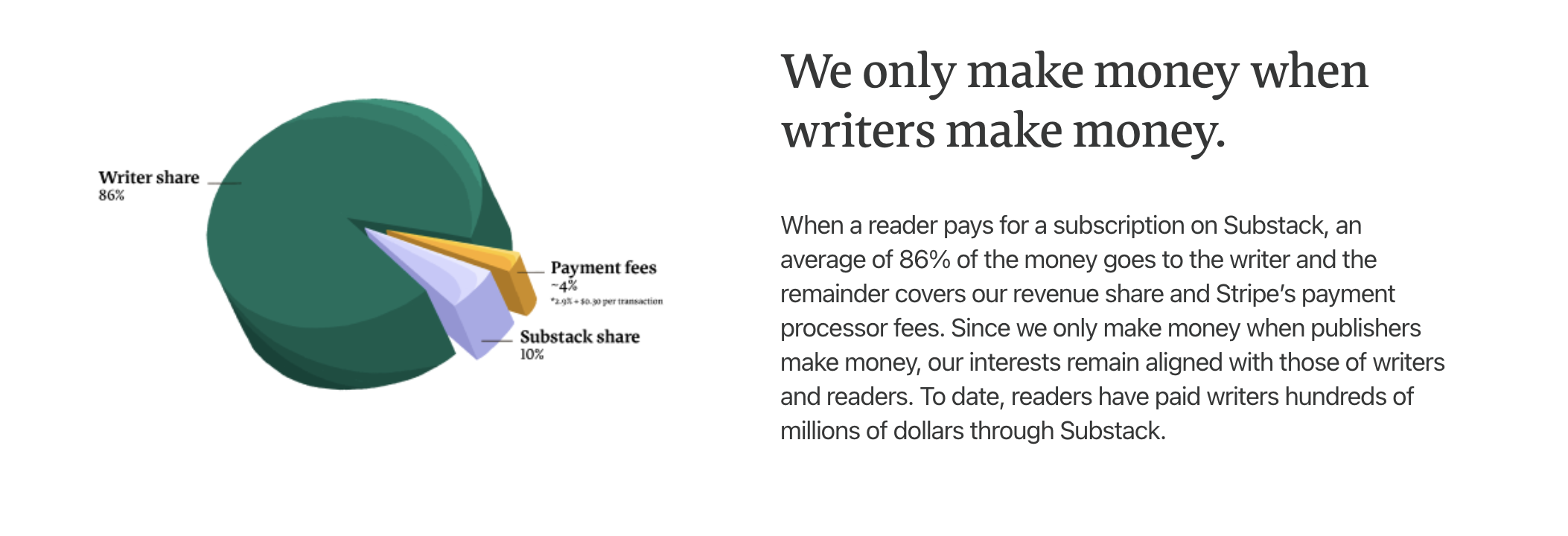
A 10% fee might seem high compared to some services, but remember that there are no monthly fees to worry about, and since the platform operates on a subscription model, your long-term income should be reasonably predictable.
Is Substack Worth It?
Substack is an unusual product that sits somewhere between being a newsletter, a blogging platform, and a mailing list. Some people may, quite naturally, wonder what makes Substack better than Mailchimp, an open source mailing list solution, or one of the other top newsletter software platforms. The answer lies in the community and recommendation features, and the way the platform manages subscriptions for you.
If you're not a developer, you don't want to have the hassle of dealing with complex mailing list software. If you're not someone with a huge following, the recommendations system could help you grow your audience significantly.
So, for most people, Substack is worth it. It's free to get started, easy to use, and offers a lot of tools to help you go from unknown blogger to authority figure, while making some income from it.
Increase Your Substack Earnings with Whop
At Whop, we believe in the power of the community, and we're huge fans of Substack as a newsletter and blogging platform. It's a great way for content creators, large and small, to connect with their fans. If you're building a Substack and you're looking for monetization options beyond using a paywall, why not check out Whop.com?
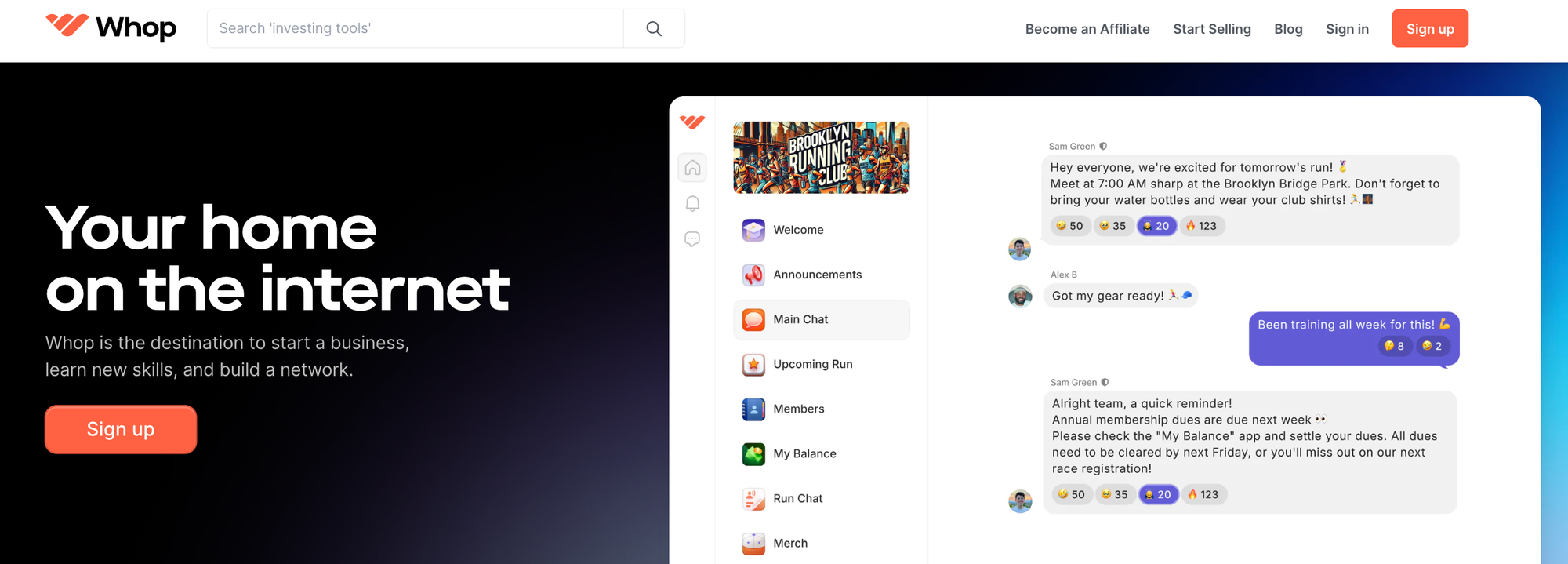
Whop is a social commerce platform that offers unprecedented flexibility for sellers. Just like Substack, it's free to join, and we also only make money when you make money - in fact, Whop only takes a 3% cut, which is much less than Substack's 10% fee.
As a creator, you can set up your own whop hub with just a few mouse clicks, and use this as a way of engaging with your fans and followers. You can also sell almost any form of digital product or service, from video calls to ebooks, courses, community memberships and software applications. Like Substack, you can also monetize content by paywalling posts. If you can make it, we can help you monetize it.
As mentioned, there's no monthly fee, and we take just a 3% commission on any products you sell. Whop handles the payment processing, subscriptions, and digital product delivery, freeing you to focus on the most important tasks - building your subscriber base, engaging with your community, and creating great content.
The platform is easy to learn, but powerful too. You can create courses with an intuitive drag-and-drop course builder, upload videos and ebooks, or take part of the Whop API to integrate the platform with a huge variety of third-party websites and applications. Whatever you're trying to sell, and whatever niche your Substack serves, there's a chance Whop already has easy integrations with apps or services that your audience will love.
Join Whop for free today and start diversifying your Substack income.
Frequently Asked Questions
Do you need to be famous to build a following on Substack?
Anyone can build a good subscriber base on Substack if they put in the work. You don't have to be well-known in your industry, or have a large social media following, but it's easier to get started if you can check those boxes. Since you can run a Substack for free, you can offer your content to readers risk-free while you build up your reputation.
Can you sell ebooks on Substack?
Substack isn't a web hosting platform or online store. However, you can use Substack as a way to communicate with your fans, and advertise products that you're selling elsewhere.
Do you need a domain name to run a Substack?
There's no need to have a domain name to launch a Substack. The platform provides you with a free subdomain to get started with. If you do have your own domain name, however, this will help you look more professional, which could help you earn subscribers.
